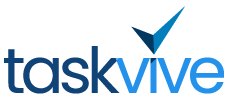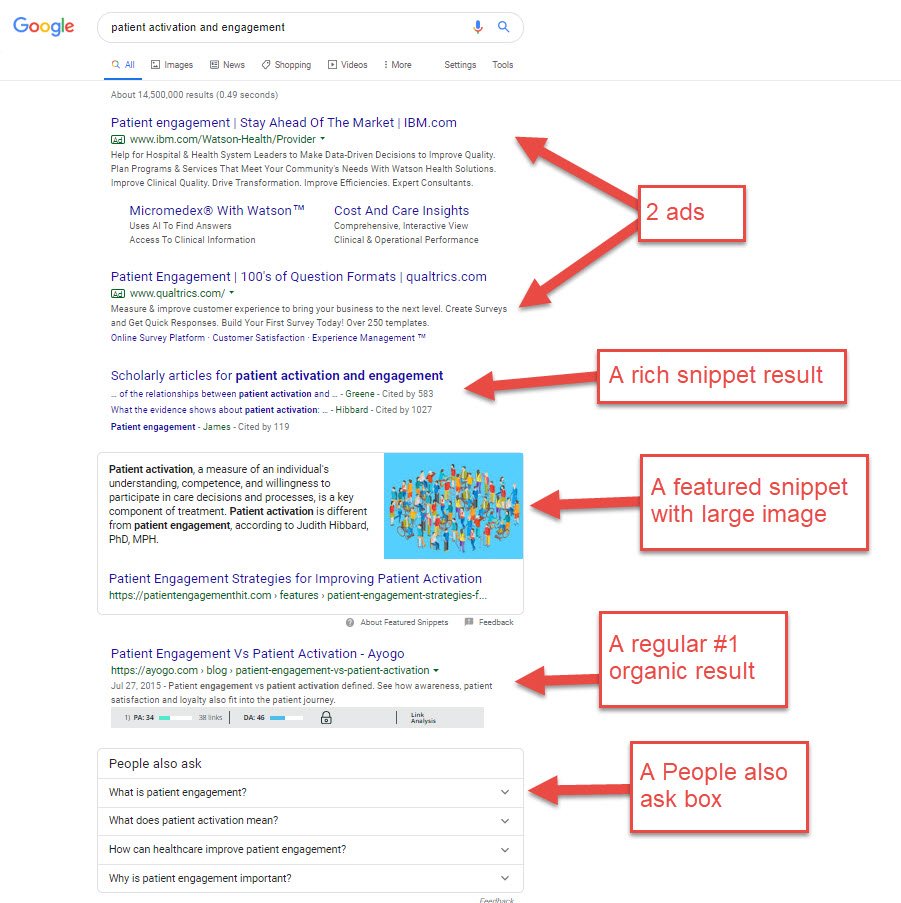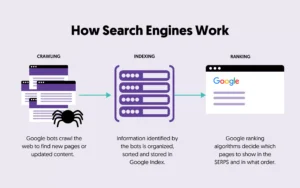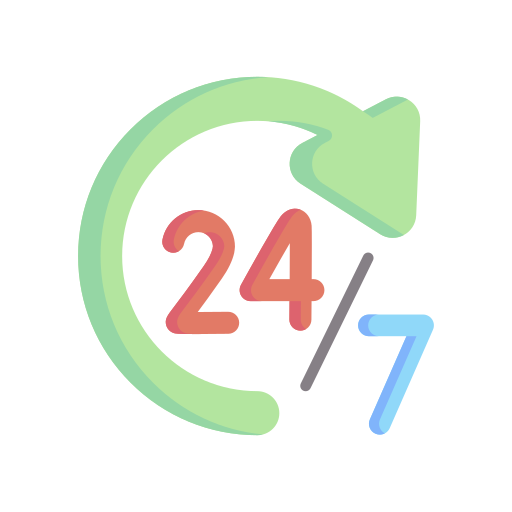SERP layout is crucial for SEO success. A good layout can boost your visibility.
Understanding SERP layout helps in improving search engine rankings. It involves knowing how search results appear and how users interact with them. A well-organized SERP layout can attract more clicks, leading to higher traffic. This blog will explore the key elements of SERP layout.
We will look at how they impact your website’s performance. By mastering SERP layout, you can enhance your online presence. Let’s dive into the basics and discover the secrets of an effective SERP layout.
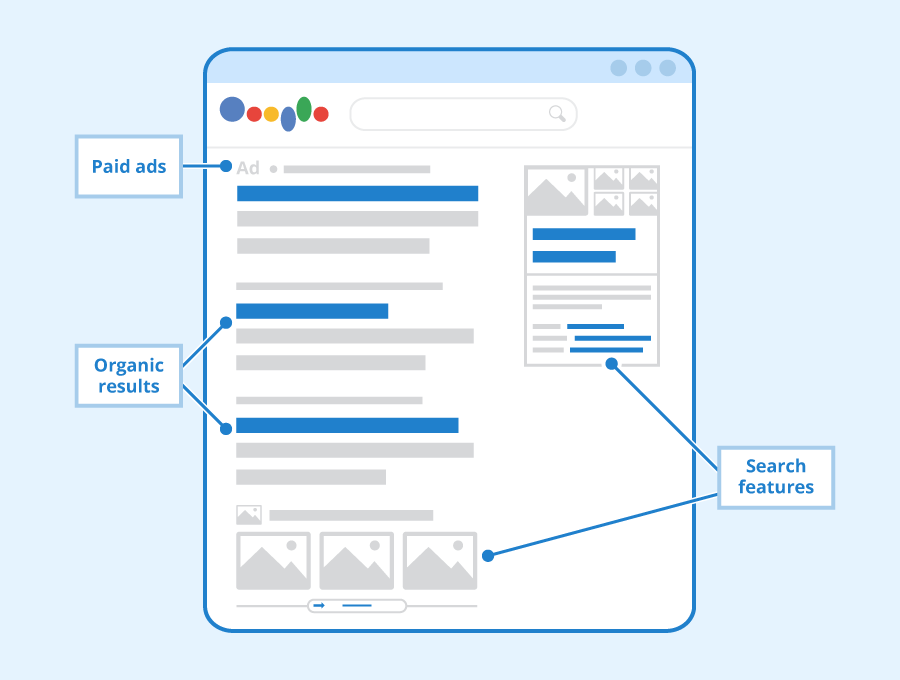
Credit: www.seobility.net
Introduction To Serp Layout
The Search Engine Results Page (SERP) layout is crucial for SEO success. It determines how information is displayed on search engines. Understanding SERP layout helps improve website ranking. Let’s delve into its core aspects.
What Is Serp?
SERP stands for Search Engine Results Page. It is the page you see after entering a query in a search engine. This page displays a list of results relevant to your query. The SERP includes organic results, paid ads, and other features. These can be images, videos, and news articles.
Importance Of Serp In Seo
Understanding SERP is vital for effective SEO. The layout influences user interaction and click-through rates. Higher visibility on SERP increases chances of attracting visitors. Features like featured snippets and local packs can drive traffic. Optimizing content for SERP improves overall search engine ranking.
Key Elements Of Serp
The Search Engine Results Page (SERP) layout is essential for understanding how users find information. The SERP includes various elements that help to display search results effectively. Let’s explore the key elements of SERP that play a crucial role in search visibility and user experience.
Organic Listings
Organic listings are the natural search results that appear based on their relevance to the search query. These results are not paid for, and they rely heavily on SEO techniques to rank higher. Users trust organic listings more because they are not advertisements. Here are some key features:
- Title tags: The clickable headline for a given result.
- Meta descriptions: A brief summary of the page content.
- URL: The link to the webpage.
Paid Ads
Paid ads appear at the top or bottom of the SERP and are marked with an “Ad” label. Businesses pay for these positions through Pay-Per-Click (PPC) advertising. Paid ads can drive immediate traffic but require investment. Here’s what you need to know:
- Ad copy: Short and persuasive text to attract clicks.
- Call-to-action: Encourages users to take a specific action.
- Ad extensions: Additional information like phone numbers or site links.
Rich Snippets
Rich snippets are enhanced search results that provide extra information. They can include images, ratings, or other data. Rich snippets make the result more attractive and informative. Key types of rich snippets:
- Review snippets: Show star ratings and reviews.
- Recipe snippets: Display cooking times, ratings, and ingredients.
- Event snippets: Highlight dates and locations of events.
Understanding these key elements helps improve your online presence and drives more traffic to your website. The effectiveness of these elements depends on how well they are optimized and presented.
Optimizing For Organic Listings
Optimizing for organic listings is essential for improving your website’s visibility. A well-optimized site appears higher in search engine results. This attracts more visitors and potential customers. Here, we will discuss key strategies to achieve this.
Keyword Research
Keyword research is the foundation of SEO. Identify relevant keywords your audience searches for. Use tools like Google Keyword Planner or Ubersuggest. Focus on long-tail keywords. These are more specific and less competitive. They help target a niche audience effectively.
On-page Seo Techniques
On-page SEO ensures your content meets search engine standards. Start with optimizing your title tags. Use your main keyword in the title. Keep it under 60 characters. Write compelling meta descriptions. These should include your primary keyword. Aim for 150-160 characters.
Headings improve readability and SEO. Use H1 for the main title. Use H2 and H3 for subheadings. Include keywords naturally within them. Optimize your content with relevant keywords. Use them in the first 100 words. Spread them evenly throughout the text. Avoid keyword stuffing.
Images also play a role in SEO. Use descriptive filenames. Include keywords in the alt text. This helps search engines understand your images. Ensure your website is mobile-friendly. A responsive design improves user experience and ranking.

Credit: www.researchgate.net
Leveraging Paid Ads
Leveraging paid ads can significantly boost your website’s visibility on search engine result pages (SERPs). This strategy helps in driving more traffic and increasing conversions. Paid ads ensure that your website appears at the top, bypassing the competition. Here’s how you can make the most out of paid ads:
Types Of Paid Ads
There are various types of paid ads to consider. Each type has its unique benefits.
- Search Ads: These appear at the top or bottom of SERPs. They are triggered by specific keywords.
- Display Ads: These are banner ads displayed on various websites. They target users based on their browsing behavior.
- Social Media Ads: These ads appear on social media platforms. They help target specific demographics and interests.
- Shopping Ads: These are product-based ads. They show up when users search for specific items.
- Video Ads: These ads run before, during, or after video content. They are effective on platforms like YouTube.
Best Practices For Ppc
Pay-per-click (PPC) advertising can be very effective. Follow these best practices to get the most out of your campaigns:
- Keyword Research: Identify the right keywords. Use tools like Google Keyword Planner.
- Ad Copy: Write compelling ad copy. Focus on the benefits and include a clear call-to-action (CTA).
- Landing Pages: Ensure landing pages are relevant. They should match the ad’s message and offer.
- Budget Management: Set a daily budget. Monitor spending to avoid overspending.
- Ad Extensions: Use ad extensions. They provide additional information and improve ad visibility.
- A/B Testing: Test different ad variations. Determine what works best for your audience.
- Performance Tracking: Regularly review performance metrics. Adjust campaigns based on the data.
Implementing these practices ensures your PPC campaigns are effective and cost-efficient.
Enhancing Rich Snippets
Enhancing Rich Snippets is vital for improving your website’s visibility on search engines. Rich snippets provide extra information about your content, making it more attractive to users. To enhance these snippets, focus on two main areas: Schema Markup and Content Optimization.
Schema Markup
Schema Markup helps search engines understand your content better. It uses a specific vocabulary to define elements on your page. This markup can improve how your page appears in search results.
For example, you can use schema to highlight:
- Product prices
- Customer reviews
- Event dates
Implementing schema.org is simple. Here’s a basic example for a product:
Content Optimization
Content Optimization ensures that your rich snippets are relevant and engaging. Focus on creating clear, concise, and informative content. This improves user experience and search engine ranking.
Consider the following tips:
- Use Structured Data: Implement schema markup for different content types.
- Optimize Keywords: Include relevant keywords naturally in your content.
- Enhance Readability: Use short sentences and simple words.
Here’s an example of optimized content for a blog post:
“Discover the latest features of the Apple iPhone 12. Read customer reviews, see detailed specifications, and find the best deals.”
This approach helps attract users and improves your page’s rich snippets.
Utilizing Local Seo
Local SEO helps businesses rank higher in local search results. It targets users within a specific area. This can drive more local traffic to your website. Let’s look at some key components of Local SEO.
Google My Business
Creating a Google My Business (GMB) profile is essential. It helps your business appear in local searches and on Google Maps. Follow these steps to optimize your GMB profile:
- Complete all business information
- Verify your location
- Include accurate business hours
- Add high-quality photos
- Encourage customer reviews
These steps ensure your business is visible and trustworthy. They also help improve local search rankings.
Local Keywords
Using local keywords is crucial for Local SEO. These keywords should include your location and services. For example, “pizza delivery in Chicago”. Here’s how to find effective local keywords:
- Use keyword research tools
- Analyze competitors’ keywords
- Include city, neighborhood, or street names
Incorporate these keywords naturally into your content. This can be in blog posts, titles, and meta descriptions.
Here’s a table showing examples of local keywords for different businesses:
| Business Type | Example Local Keyword |
|---|---|
| Restaurant | Italian restaurant in New York |
| Salon | Hair salon in Los Angeles |
| Plumber | Plumber in Dallas |
Using local keywords makes your content more relevant. This increases your chances of appearing in local searches.
Tracking And Analyzing Serp Performance
Tracking and analyzing SERP performance is crucial for understanding how your website ranks on search engines. By monitoring Search Engine Results Pages (SERPs), you can gain insights into your site’s visibility. This helps in making informed decisions to improve rankings and attract more traffic.
Tools For Serp Analysis
Several tools can help track and analyze SERP performance. These tools provide valuable data on keyword rankings, competitor performance, and search trends.
| Tool | Description |
|---|---|
| Google Search Console | Monitors your site’s search traffic and performance. |
| SEMrush | Offers detailed reports on keyword rankings and competitors. |
| Ahrefs | Analyzes backlinks and keywords to improve SEO strategy. |
| MOZ | Provides insights into keyword rankings and site audits. |
Interpreting Data
Interpreting SERP data requires understanding key metrics. These include:
- Keyword Rankings: Position of your site for specific keywords.
- Click-Through Rate (CTR): Percentage of users clicking on your site.
- Impressions: Number of times your site appears in search results.
- Backlinks: Links from other websites to your site.
Analyze these metrics to identify trends and opportunities. For example, low CTR may indicate the need for better meta descriptions. High impressions with low clicks suggest improving the title tags. Focus on these insights to refine your SEO strategy.
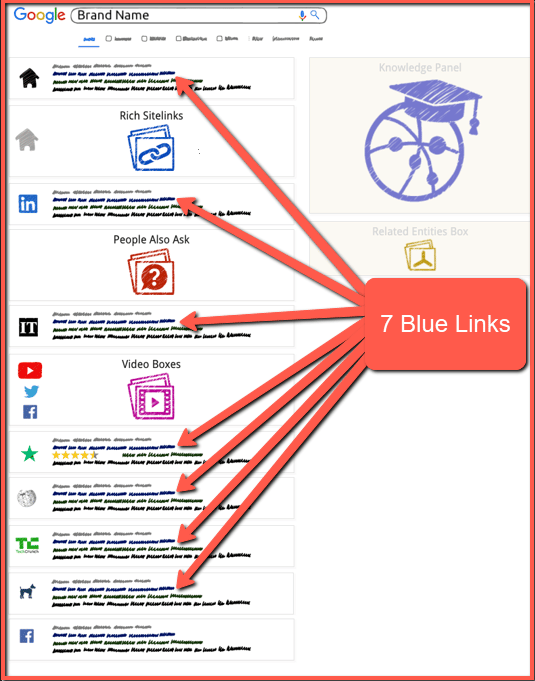
Credit: kalicube.com
Future Trends In Serp Layout
The future of Search Engine Results Page (SERP) layout is evolving. Search engines aim to provide the best user experience. This means SERP layouts will continue to change. Let’s explore some key future trends in SERP layout.
Voice Search
Voice search is growing rapidly. More people use voice assistants like Alexa and Siri. This trend impacts SERP layout. Results need to be clear and concise. Users want quick answers. Search engines will prioritize direct, short answers. Long, complex answers will rank lower. Voice search will change how we see SERP layouts.
Ai And Machine Learning
AI and machine learning are becoming more important. They help search engines understand user intent. This improves the relevance of search results. AI can predict what users want. This means SERP layouts will be more personalized. The layout will show what you need before you even type it. Machine learning helps with this process. It learns from past searches to give better results.
Frequently Asked Questions
What Is Serp Layout?
SERP layout refers to the design and structure of search engine results pages. It includes elements like organic results, ads, featured snippets, and knowledge panels.
How Does Serp Layout Affect Seo?
SERP layout impacts SEO by determining visibility and ranking positions. Understanding it helps optimize content for better placement and higher click-through rates.
What Elements Are In A Serp Layout?
A SERP layout typically includes organic results, paid ads, featured snippets, knowledge panels, and local listings. Each element plays a role in user experience and SEO.
Why Is Serp Layout Important?
SERP layout is crucial because it influences user engagement and click-through rates. Proper optimization can lead to higher visibility and better traffic.
Conclusion
Understanding SERP layout is crucial for effective SEO strategies. It helps improve visibility. You can attract more traffic with optimized content. Prioritize user experience and relevant keywords. Keep content clear and concise. Stay updated on SERP changes. This ensures your site remains competitive.
Remember, small adjustments can have big impacts. Focus on providing value to your audience. This will boost your search rankings. Happy optimizing!

Sofia Grant is a business efficiency expert with over a decade of experience in digital strategy and affiliate marketing. She helps entrepreneurs scale through automation, smart tools, and data-driven growth tactics. At TaskVive, Sofia focuses on turning complex systems into simple, actionable insights that drive real results.
